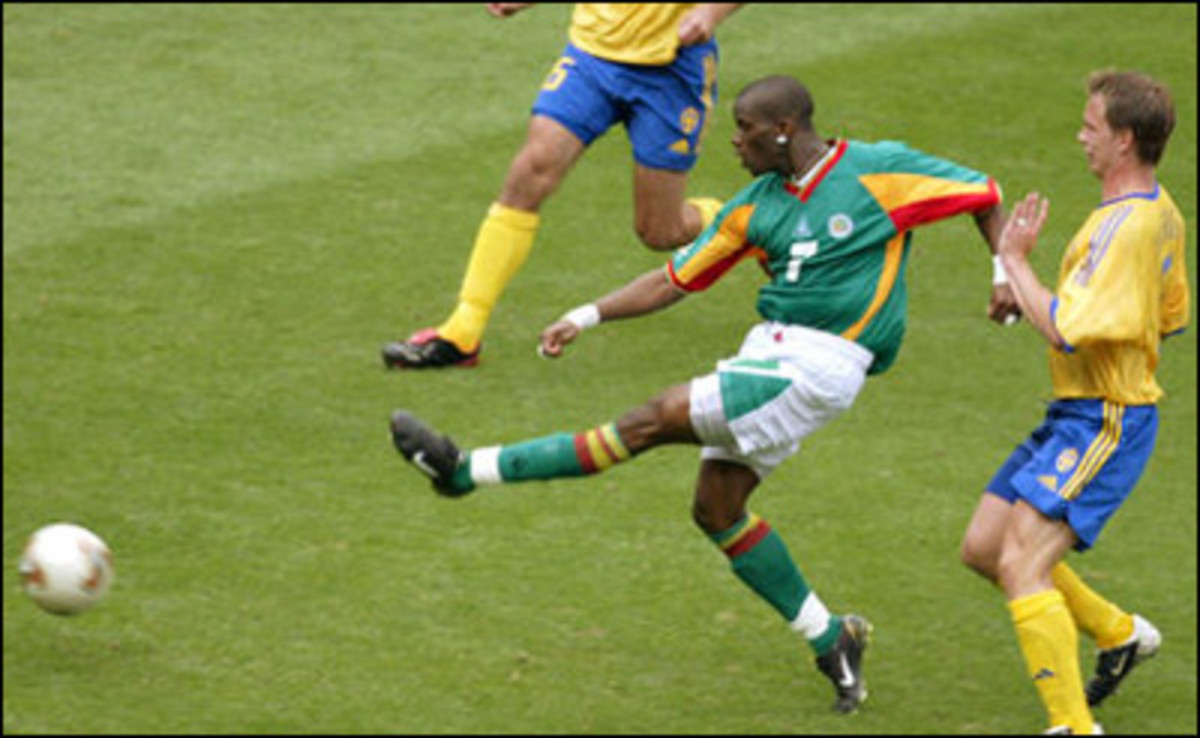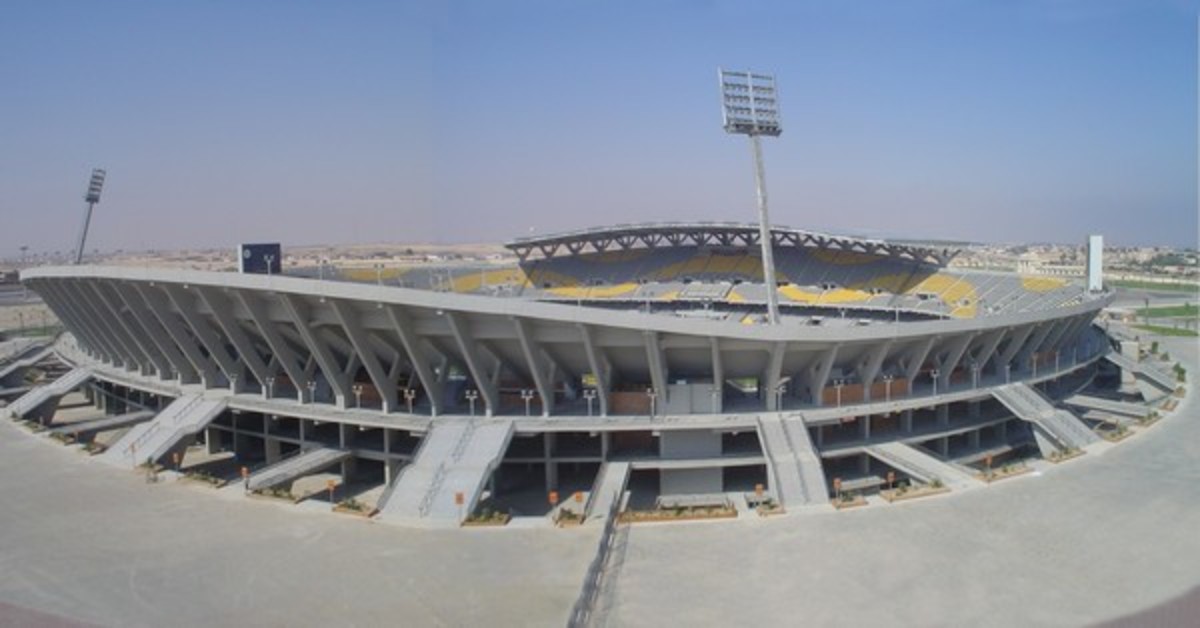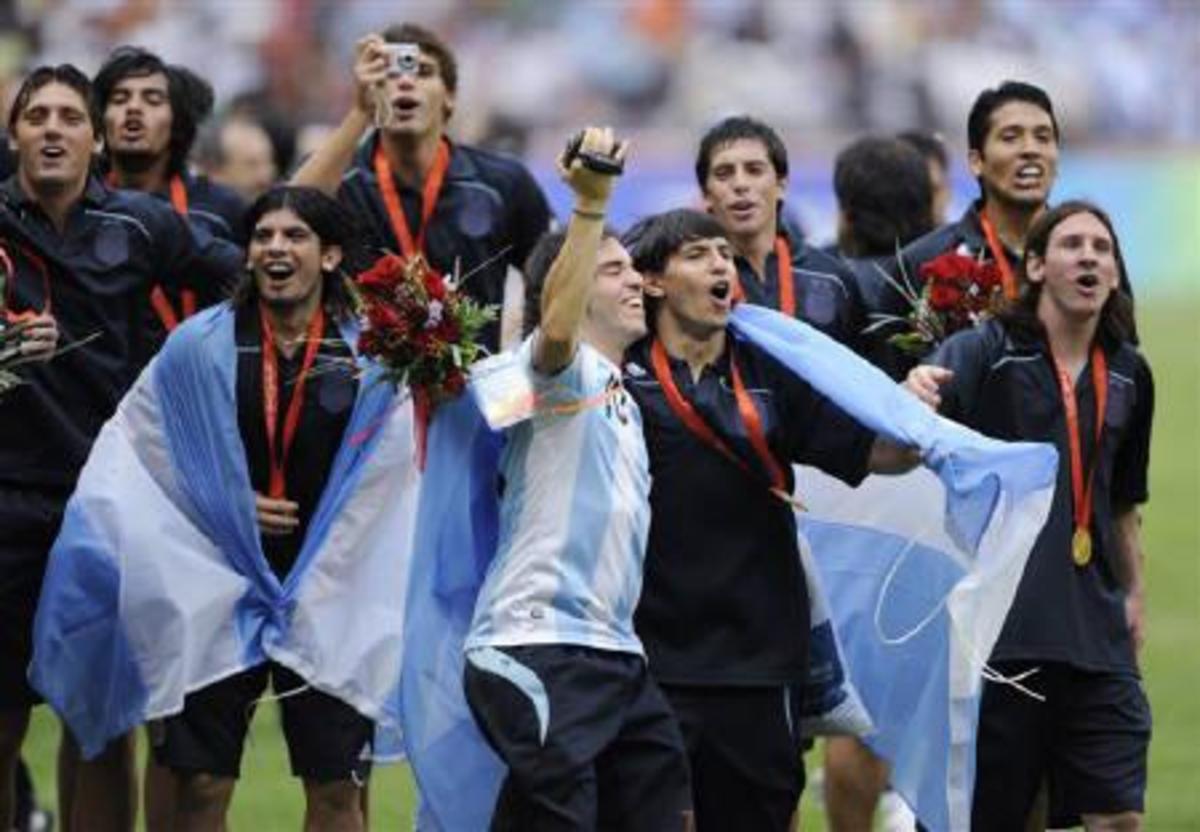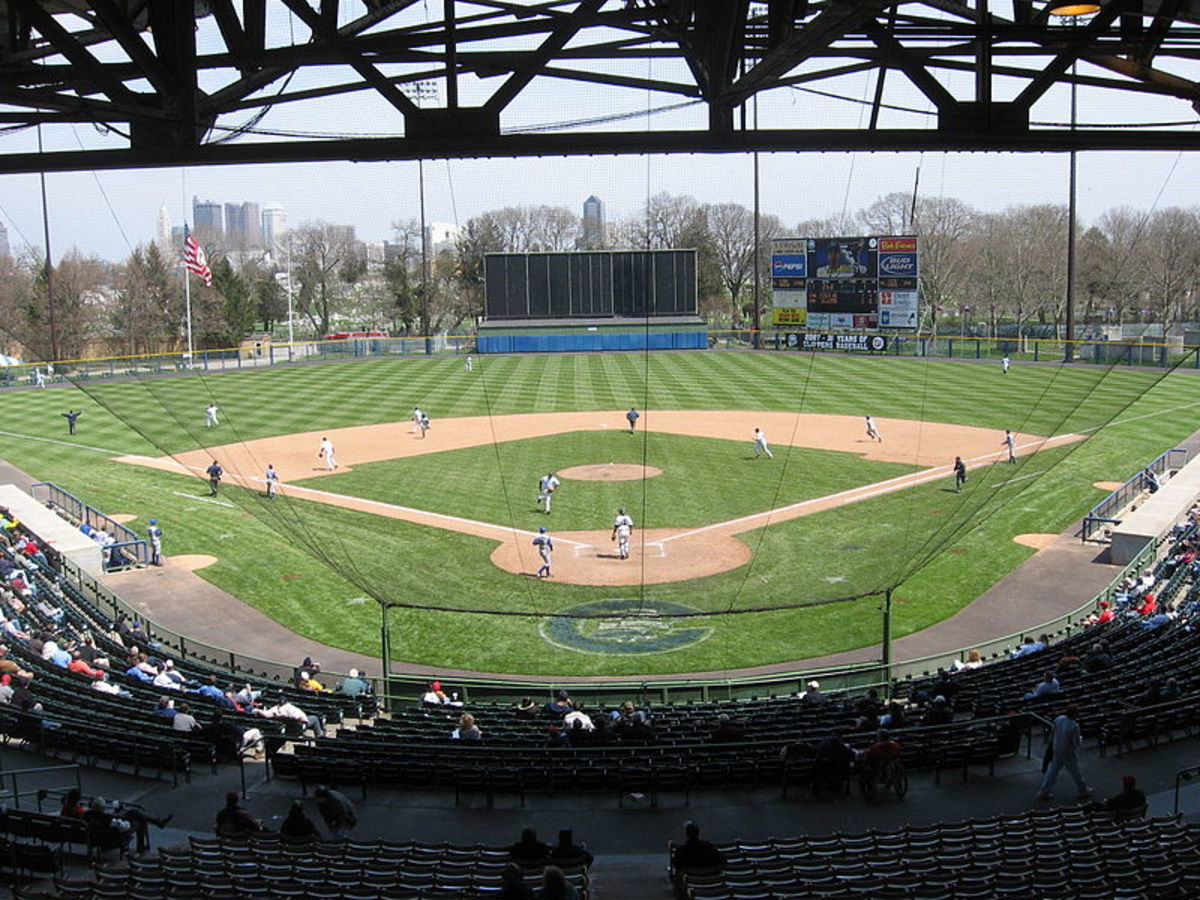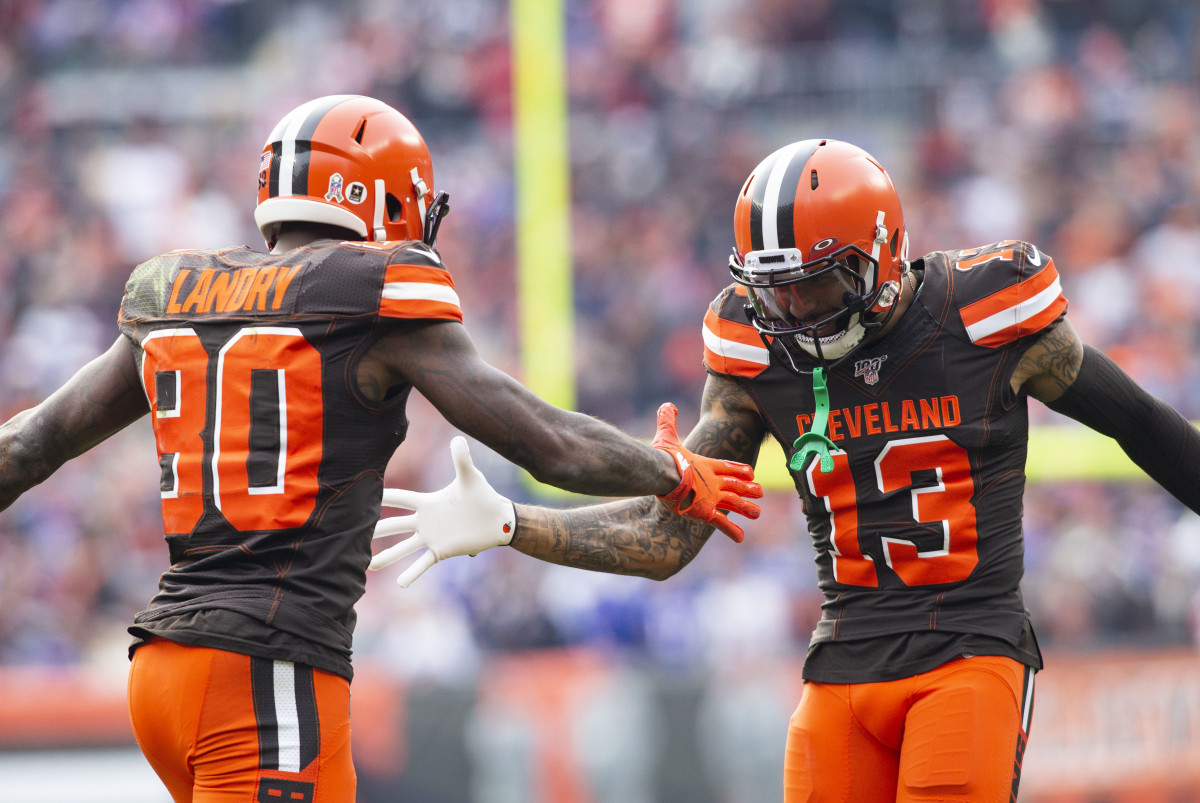Cathedral to the World: San Siro and the Formative Years to Glory
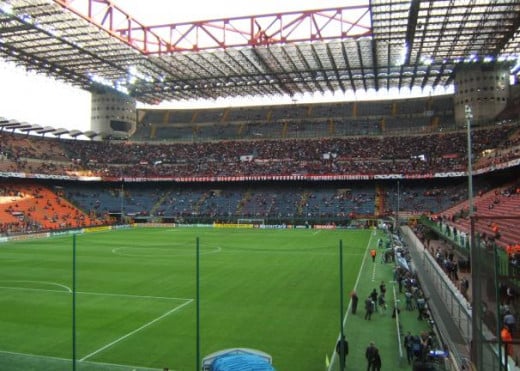
Few stadiums in the world evoke the same sense of awe and cultural gravity as Milan’s San Siro. Officially known as Stadio Giuseppe Meazza, this architectural colossus has stood for nearly a century as the shared home of AC Milan and Inter Milan, two of Italy’s most storied football clubs. But San Siro is more than a venue—it is a living monument to Italian sporting passion, a place where triumph and heartbreak echo through its towering spiral ramps and thunderous terraces.
This article revisits San Siro not just as a physical structure, but as a symbol of resilience, rivalry, and legacy. From its origins in 1926 as a football-only stadium—a rarity in its time—to its role in hosting World Cup matches, European finals, and unforgettable derbies, San Siro has become a sacred ground for generations of fans. As discussions swirl around its potential replacement, we explore what makes this stadium irreplaceable in the hearts of millions.
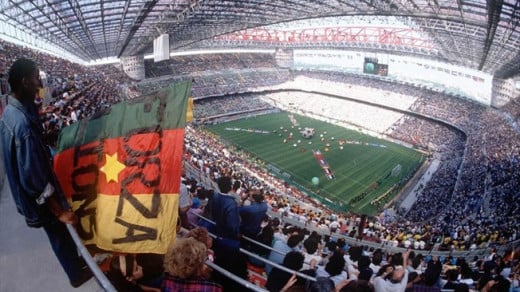
Early Years: Inauguration and the First Derby (1926)
The San Siro story begins under a harvest-gold Milan sky. Designed by engineer Alberto Cugini and architect Ulisse Stacchini at Piero Pirelli’s behest, the stadium broke ground in December 1925 and opened just thirteen months later. On 19 September 1926, 35,000 fans packed the new “Nuovo Stadio Calcistico San Siro” to witness the inaugural derby. AC Milan, the owners until 1935, hoped for a triumphant home debut but instead saw Inter Milan roar to a 6–3 victory.
Giuseppe Meazza—later the stadium’s namesake—already flashed his predatory instincts, laying early claim to San Siro’s folklore. That evening was not merely a high-scoring spectacle; it set the template for decades of tactical innovation and ferocious rivalry under a stadium built solely for football, free from the athletics tracks common in Italy’s public venues.
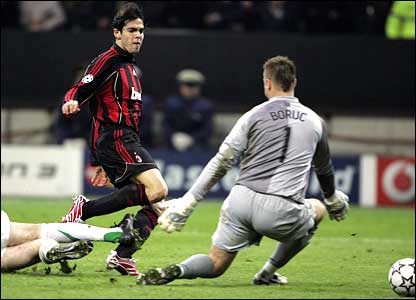
The 1934 World Cup Showcases
Italy’s place in the 1934 FIFA World Cup finals hung on one match—the only time the host nation had to qualify. Under Mussolini’s watchful gaze, 20,000 fans packed San Siro on 25 March 1934 to see Vittorio Pozzo’s Azzurri face apostolic underdogs Greece. From the first whistle, Italy seized control. Brazil-born Anfilogino Guarisi broke the deadlock in the 40th minute, weaving past a patchy Greek backline to slot home. Four minutes later, Giuseppe Meazza—San Siro’s future namesake—danced past two defenders and curled a sublime strike off the post and in, silencing any lingering doubts.
The second half began with a tactical shift so unusual it barely registers today: Vittorio Pozzo replaced injured Nereo Rocco (whose solitary cap would preface a legendary coaching career) with midfielder Giovanni Ferrari—one of Italy’s unsung heroes in back-to-back World Cup triumphs. Ferrari’s arrival galvanized the midfield, and he set up Italy’s third goal in the 69th minute. Meazza completed the rout two minutes later, lashing home his second and sealing a morale-boosting 4–0 victory. Greece withdrew from the scheduled return leg, effectively conceding their spot. Beyond qualification, this match etched early legends: Meazza’s mercurial talent and Ferrari’s understated creativity became cornerstones of Italy’s golden era.
Two months later, on a balmy afternoon at San Siro on 27 May 1934, roughly 33,000 spectators witnessed a pulsating Round of 16 tie between Switzerland and the Netherlands that would become a bellwether for both nations on football’s grandest stage. Switzerland struck first in the 10th minute when striker Leopold Kielholz tapped in after a surging run by André Abegglen, setting the tone for an incisive Swiss attack. The Dutch answered in the 23rd minute as Kick Smit—famous back home for his thunderous shots—converted a Puck van Heel free-kick to level. However, Kielholz restored the Swiss lead in the 36th minute with a deft volley that left the Dutch keeper rooted to the spot. Early in the second half, Abegglen capitalized on a defensive miscue to make it 3–1, only for Leen Vente to pull one back for the Netherlands in the 80th minute. Despite late Dutch pressure, Switzerland held on, booking their place in the quarter-finals.
For Switzerland, this victory was more than a one-off upset—it announced the Helvetic side as serious contenders and showcased the clinical partnership of Kielholz and Abegglen, whose performances would inspire a generation of Swiss forwards. The Netherlands, by contrast, departed the tournament still searching for cohesion, their narrow exit underscoring the tactical and physical demands of knockout football. The defeat prompted a strategic reassessment in Dutch coaching circles, planting early seeds for the Total Football philosophies that would flourish decades later. At San Siro, then, football’s future powers both triumphed and took note of the work still to be done.
Under the shadow of Mussolini’s Italy, San Siro continued its ascent to global prominence during the tournament. In the quarter-final, a relentless Germany faced Sweden before roughly 40,000 spectators. Ernst Hohmann’s brace in the 60th and 63rd minutes broke the deadlock, and despite Swedish pressure, which included a Gösta Dunker goal in the 82nd minute, Germany held firm to a 2–1 victory. The match demonstrated San Siro’s capacity to host tactical stalemates punctuated by decisive moments, a hallmark of pre-war football drama.
Just three days later, San Siro gassed with nationalist fervor as Italy confronted Austria’s storied Wunderteam. A scrappy 1–0 win—sealed by Enrique Guaita’s 19th-minute header—sent 35,000 frantic Italians into paroxysms of joy. Italy’s disciplined defense, marshaled by teammates like Luigi Allemandi, stood tall against Austrian flair. This victory, played out on the same Spiral-ramp architecture realized in 1935 renovations, propelled the Azzurri to their first World Cup crown and enshrined San Siro as a cauldron of football mythology
Wartime Friendlies: A Beacon Amid Conflict
As Europe plunged into the turmoil of World War II, San Siro’s floodlit pitch provided fleeting normalcy. On 13 May 1939: England drew 2–2 with Italy before 60,000 fans, in a match that blended sporting spectacle with a looming sense of finality. England’s Harry Bargery struck late to level, but cameo performances from Meazza reminded spectators of football’s enduring magic even as war clouds gathered.
Nearly a year later, on 5 May 1940: Italy edged Germany 3–2 in one of the last peacetime clashes. Italy’s depth shone through as midfielder Mario Ferrari pounced for the winner, and the crowd’s roar transcended nationalistic overtones, clinging instead to shared love of the game.
In the depths of wartime rationing, 55,000 filled San Siro to see Italy dismantle Spain 4–0 on 19 April 1942. Vittorio Pozzo’s side, ironically bolstered by regime supporters, used streamlined tactics that foreshadowed post-war tactical revolutions in Italy.
Each friendly served as a temporary refuge from conflict, showcasing San Siro’s role not only as a sporting venue but as a communal haven when the world was on edge.
The 1955 Expansion and Domestic Renaissance
Post-war Milan erupted with optimism, particularly when Italy had another chance to qualify for 1954 World Cup, which it would do against Egypt in the second leg after winnig 2-1 two months earlier in Cairo, Egypt. Back on home turf, Italy exploded from the first whistle. Egisto Pandolfini’s first-minute opener set the tone, and by halftime the tie was effectively over. The second half showcased Azzurri fluency— Giampiero Boniperti’s brace underlined Juventus’s influence, while veteran Eduardo Ricagni capped the rout. A 7–2 aggregate sent Italy to Switzerland ’54 with authority.
To meet skyrocketing attendances, engineers Ferruccio Calzolari and Armando Ronca added a second tier in 1955—complete with nineteen 200 m helical ramps—boosting capacity to nearly 100,000 before safety regulations trimmed it to 85,000. The opening friendly saw AC Milan edge Hungary’s champion side, Vécsi Honvéd, 1–0. This match wasn’t merely a curtain-raiser: it unveiled the stadium’s dramatic new silhouette, where the curved ramps and cantilevered grandstands married function with a futuristic identity. Rossoneri legends Gunnar Nordahl and Nils Liedholm took center stage, while ultras marveled at sightlines born of modern engineering.
Beyond friendlies, San Siro’s Serie A nights defined Italian football’s golden age. Title-deciders, such as Milan’s last-day triumphs in the late 1950s, carried seismic impact—stadium roars echoing through the ramp systems. The expansion transformed San Siro from mere ground to a symbolic “Colosseum of Culture,” fusing domestic drama with architectural prowess.
When AC Milan entered the inaugural 1955–56 European Champions’ Cup, their first-ever European match unfolded on home turf. On 1 November 1955, 18,000 spectators witnessed a wild contest: Saarbrücken stunned Milan with a 4–3 win at San Siro. Peter Krieger’s fifth-minute opener was answered by Amleto Frignani in the 15th, before Juan Alberto Schiaffino and Giorgio Dal Monte sent Milan ahead with strikes in the 33rd and 39th minutes. Yet Saarbrücken—an underdog from the Saar protectorate—refused to wilt: Waldemar Philippi pulled them back in the 43rd, and second-half headers from Karl Schirra (67th) and Herbert Martin (69th) completed the comeback.
Beyond the scoreline, this debut signaled the dawn of continental competition for Milan. It showcased the unpredictability of European football, where tactical naiveté could be ruthlessly punished. For Milan, the loss burned in memory, prompting a newfound emphasis on scouting and preparation that would later underpin their successes. The fierce contest—high-scoring, breathless, and tactically chaotic—became a cautionary tale about underestimating Europe’s lesser-known sides.
Another Decisive Qualifier
As UEFA Group 2 stalemates forced a neutral-ground tiebreaker, San Siro hosted France and Bulgaria before 34,740 spectators on 16 December 1961. Georgi Yakimov’s solitary header in the 47th minute silenced Les Bleus and launched Bulgaria to Chile’s 1962 World Cup. The fixture encapsulated San Siro’s expanding international portfolio.
Once the exclusive realm of club derbies, the stadium now arbitrated continental fates, adding geopolitical weight to its turf. France’s disappointment contrasted sharply with Bulgarian euphoria—both narratives immortalized under the same floodlights that had witnessed World Cup semifinals and wartime reprieves. In one night, San Siro reaffirmed its reputation as Europe’s neutral stage for football’s highest stakes.
Continental Champions Crowned
On 27 May 1965, San Siro transformed from a local fortress into Europe’s grandest stage, hosting the 1964–65 European Champion Clubs’ Cup final. Defending champions Inter Milan, coached by Helenio Herrera, squared off against Benfica—the two-time winners led by Eusébio. The stadium brimmed with 89,000 spectators, their roars echoing off red-painted girders. In a tense first half defined by tactical chess, Jair da Costa broke the stalemate in the 43rd minute. Accelerating past the Benfica defense, his low shot squeezed under Costa Pereira’s dive, granting Inter a slender lead.
Benfica fought back in the second half, pressing with their lyrical passing style, only to find Inter’s “Grande Inter” defense—anchored by Armando Picchi and Giacinto Facchetti—impenetrable. In those 90 minutes, Inter proved that sometimes a single moment of brilliance outweighs sustained possession. Herrera’s catenaccio philosophy, marrying ironclad defense with swift counter-attacks, was vindicated in the trophy lift. The victory marked Inter’s second consecutive European crown, making them just the third club to do so and solidifying San Siro’s reputation as Europe’s cathedral of sport.
Five years later, on a sunlit evening during a nationwide railway strike, San Siro hosted its third European Cup final on 6 May 1970. Feyenoord—often dismissed as Dutch upstarts—faced Scottish champions Celtic, intent on a historic second triumph in three years. Celtic’s Tony Mulligan delivered an early defensive masterclass, but it was Tommy Gemmell who stunned the Rotterdam faithful by lashing home a free kick in the 30th minute. For 15 euphoric minutes, Celtic fans dared to dream.
Then came Rinus Israel’s looping header in the 32nd minute, capitalizing on a defensive scramble to restore parity. As regulation time ticked down, both sides probed without success, forcing extra time. Celtic’s John Hughes thought he’d won it when he rounded the keeper only to overhit his finish. In the 117th minute, Ove Kindvall seized his chance: leaping above captain Billy McNeill, he met a floated ball and chested it past Evan Williams. Feyenoord’s 2–1 victory made them the first Dutch club to lift Europe’s premier trophy, igniting the era of “Total Football” and cementing San Siro as a stage for seismic upsets and football revolutions.
Rotterdam's Golden Night in 1970
Birthplaces of Legends Amidst Tactical Chess
Though friendlies carried no points, San Siro turned some into rites of passage. Before Italy's participation at Euro 1980, the matchup versus Yugoslavia marked the senior debut of Paolo Maldini’s senior debut on 26 April 1980. At 17, Maldini replaced Claudio Gentile in the 68th minute. His composure under pressure—reading through-balls and executing precise clearances—hinted at a legend in the making. The crowd’s ovation marked the dawn of a dynasty on the west ramp of San Siro. Three years later, and a meting with Brazil on 5 Sept. 1983 featured the "First Touch" for Roberto Baggio. A packed Curva Sud fell silent when Baggio, just 18, stepped onto his first senior pitch. His flicked control and balance under heavy tackling won admirers long before his trequartista wizardry came to define the Azzurri’s flair.
In between these friendlies was another tournament Italy hosted: Euro 1980. On the opening day of the expanded eight-team finals, San Siro played host to Italy’s home-turf test. A stifling heat mirrored the tactical gridlock: Italy’s disciplined back four—anchored by Gaetano Scirea and Claudio Gentile—nullified Spain’s attacking art, while the Rossoneri forward line found room only for half-chances. The goalless draw showcased San Siro’s metamorphosis into a cat-and-mouse arena, where fine margins and strategic tweaks often eclipsed individual brilliance.
Three days later, the stadium witnessed one of the tournament’s few breath-catching epics. Belgium’s Jan Ceulemans opened the scoring with a thunderous 17th-minute strike, only for Quini to level for Spain. As wave after wave of attacks crashed against each defense, Eric Gerets arrowed a 65th-minute winner. The clash, which finished 2-1 to Belgium, underlined San Siro’s capacity to amplify tension—a proving ground for the emerging Belgian “Golden Generation.”
When Belgium Sparked a Golden Generation
Italia ’90: From Indomitable Giants to German Precision
When Cameroon stunned reigning champions Argentina at the San Siro on June 8, 1990, it wasn’t just an upset—it was a seismic shift in football’s global narrative. The Indomitable Lions, often cast as underdogs, had long carried a pedigree that belied their outsider status. Their unbeaten run in the 1982 World Cup (three draws, including one against Italy), coupled with African Cup of Nations titles in 1984 and 1988, had laid the groundwork for a team that was more than just spirited—it was seasoned.
The match itself was a cauldron of intensity. Cameroon’s lone goal, a defiant header by François Omam-Biyik, came from a free kick earned through Cyrille Makanaky’s relentless drive. The physicality was unrelenting: two red cards—André Kana-Biyik and Benjamin Massing—left Cameroon with nine men, yet they held firm. Roger Milla’s late cameo, though not decisive in this match, foreshadowed the joy and flair he would unleash later in the tournament. The celebrations that followed were euphoric, not just in Cameroon but across Africa, where the victory was embraced as a continental triumph.
Just two days later, the same San Siro pitch bore witness to another statement of intent—this time from West Germany. Their 4–1 dismantling of Yugoslavia was not merely a win; it was a declaration. Lothar Matthäus, the tournament’s eventual Silver Ball winner, scored twice—one with each foot from outside the box—showcasing a blend of power and precision that would define Germany’s campaign.
San Siro became West Germany’s fortress. They played five of their seven matches there, including victories over the UAE (5–1), Colombia (1–1), and a fiery Round of 16 clash against the Netherlands (2–1). That match revived one of football’s most emotionally charged rivalries, rooted in wartime memory and the 1974 World Cup final. The encounter was infamous for the double sending-off of Rudi Völler and Frank Rijkaard, the latter’s spitting incident becoming one of the tournament’s most controversial moments. Yet amid the chaos, Jürgen Klinsmann and Andreas Brehme delivered the goals that propelled Germany forward.
In the quarterfinals, West Germany faced a disciplined Czechoslovakia side. The match, again at San Siro, was tight and tactical. The breakthrough came via a penalty, coolly converted by Matthäus in the 25th minute. It was his fourth goal of the tournament, underscoring his role as both midfield general and goal threat. The 1–0 win was emblematic of Germany’s efficiency—no frills, just results.
With Italia ’90 drawing its final curtain, San Siro stood poised at the crossroads of tradition and transformation. In the decades ahead, evolving safety standards, commercial imperatives, and the rise of architectural futuristicism would propel proposals for modern replacements, even as fans clung to every echo off those helical ramps. San Siro’s journey continues from cherished colosseum to contested relic, including European match epics and the complex debate over its ultimate fate.
One brother sent off, the other brother scores, AMAZING.
— Barry Davies, former English sports commentator, during the Cameroon-Argentina match in 1990Opening Game at Italia 1990
AC Milan and Inter Milan over the Years in Europe
- Classic Stadium: San Siro - Milan's cathedral of football - FIFA.com
Take a look at one of the world's best stadiums in San Siro - San Siro (info) | AC Milan
Learn more info about San Siro Stadium - Internazionale – UEFA.com
- Milan – UEFA.com
Relive some of AC Milan and Inter Milan's classic matches at San Siro over the years as uefa.com provides exclusive reviews of all matches.
This content is accurate and true to the best of the author’s knowledge and is not meant to substitute for formal and individualized advice from a qualified professional.
© 2014 Antonio Martinez


